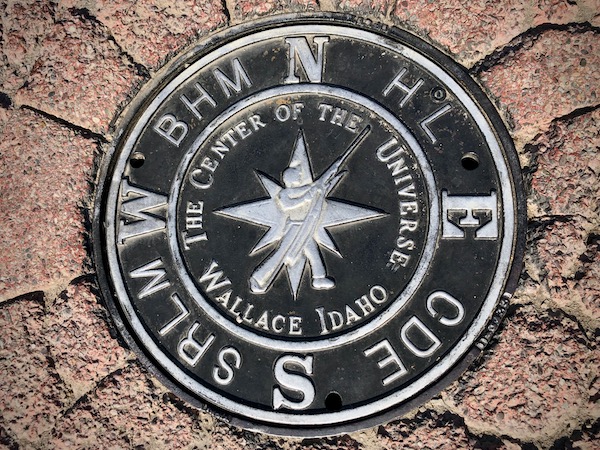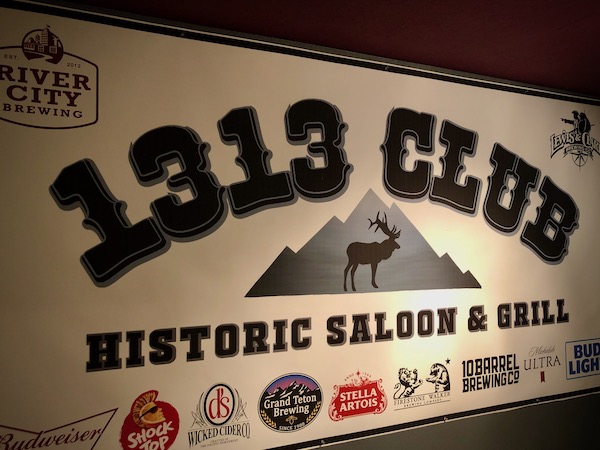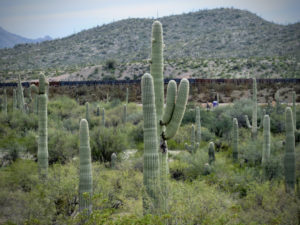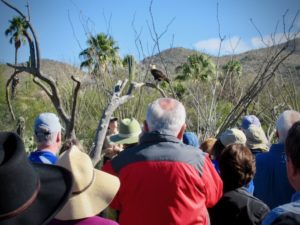10 Things I Didn't Know Yesterday
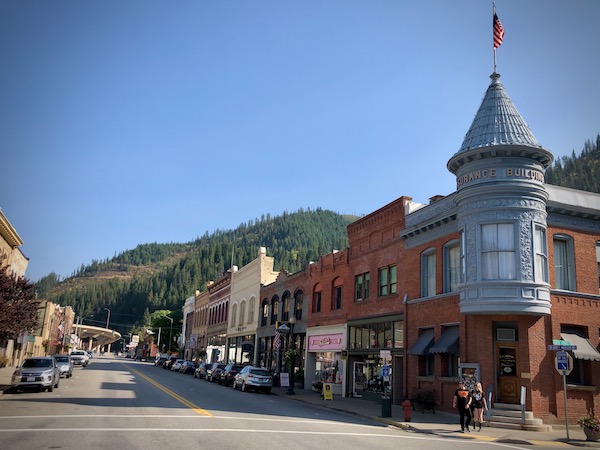
After my little adventure on the Hiawatha Trail, I need to refuel at the 1313 Club in downtown Wallace (pop. 784 in 2010). I strike up a conversation with a land surveyor from Spokane, who works for one of the silver mining companies in the area. Most people come to Wallace for the mine tour or the brothel museum, but there is so much more. Here’s some of what I learned:
- This area is the silver capital of the United States, with a handful of silver mining companies (e.g. the Bunker Hill, Lucky Friday, Sunshine and Galena mines etc.) that produce almost 20 percent of the silver in the United States. Silver, by the way, trades at around $24.12 per ounce and has been as high as $29.84 in the past year – if you happen to have some old coins laying around. It’s up a whopping 30 percent this year.
- Three mines are active, the surveyor says, with a few others idle. But that could change depending on the outcome of the election, he says. The inference here is that if Biden wins the election and pushes components of left’s Green Deal, there will be an increase in demand for silver.
- In Wallace, you can take a 1:15 hour Sierra Silver Mine tour that includes a trolley ride to the mine and live demonstrations.
- In 1972, 91 miners dies of carbon monoxide poisoning in the the Sunshine mine fire, one of the worst mining disasters in U.S. history. A major contributor to this disaster, investigators say, is polyurethane foam, which amped up the toxicity of the event.
- Speaking of fires, the “Great Fire of 1910” in this area scorched more than 3 million acres. When trapped by the flames, a quick-thinking forest ranger named Edward C. Pulaski led 45 men into an abandoned mine. Six died, but Pulaski’s action saved the rest of the crew. You can still hike about two miles to this mine on the west fork of Placer Creek.
- On September 25, 2004, Wallace Mayor Ron Garitone officially declared a sewer cover at the intersection of Bank and Sixth streets to be the “Center of the Universe.” The root of the proclamation, Garitone said at the time, is the Science of Probabilism: If a thing cannot be disproven, it is thereby proven. Seems like there was some anti-government / EPA sentiment at the time. The formal declaration, available at the local visitor’s center, was peer reviewed by the Flat Earth Society and La Cosa Nostra. Sounds about right.
- Along those lines, crystal meth reportedly is the drug of choice in the area. Something about transportation routes in and out of the Idaho panhandle – I-90 east-west from Minneapolis to Seattle, then I-5 north-south down the west coast – gives it the edge over opioids.
- The name of “1313” in the 1313 Club Historic Saloon & Grill originates from a) the dimensions of the original structure, which was 13×13 feet; or, b) its notoriety as the 13th bar and 13th brothel in Wallace. I choose “b.”
- At 3.1 miles long, the Silver Mountain gondola ride in nearby Kellogg, Idaho, at its inception in 1990 was the world’s longest. It’s still the longest in North America. During the summer months, you can use the gondola to transport your mountain bike to the top of Silver Mountain and then rage down the slope trails. Absolutely gnarly!
- A top attraction in Wallace is the Oasis Bordello Museum, which closed in 1988 as Madame Ginger and her ladies fled just in advance of a raid. With roughly 200 men for every women in this mining town in its heyday, you can imagine the business opportunities! The building was purchased in 1993 and to the new owner’s surprise, none of the brothel’s contents had been touched – it was preserved just as it had been in 1988. And voila – a museum!

